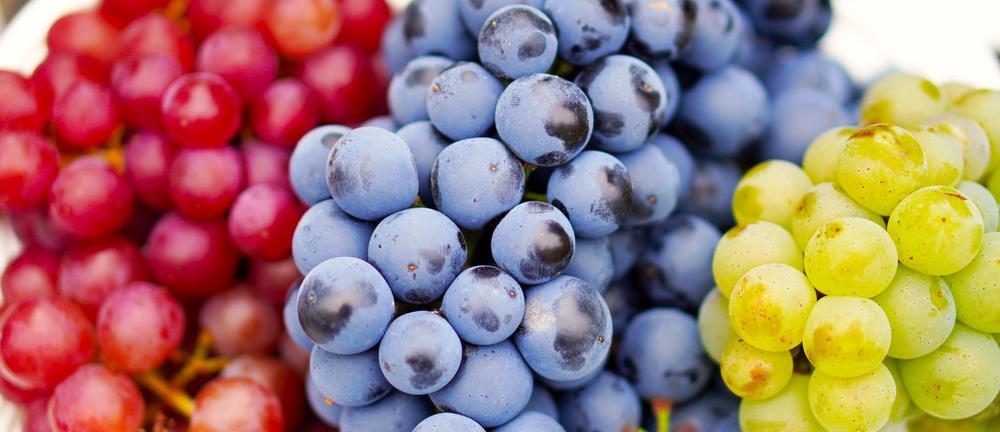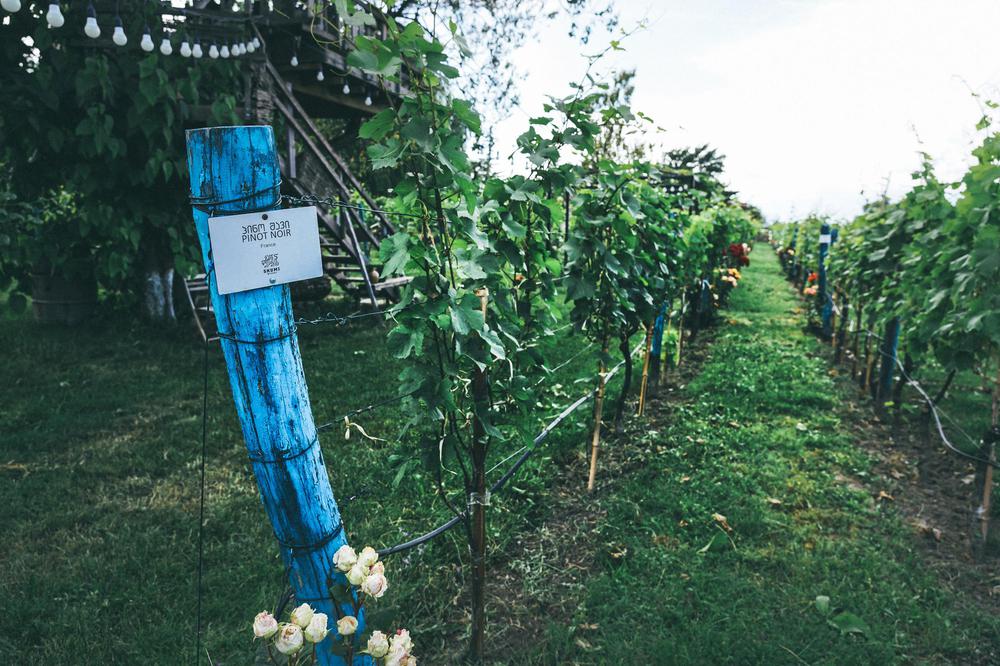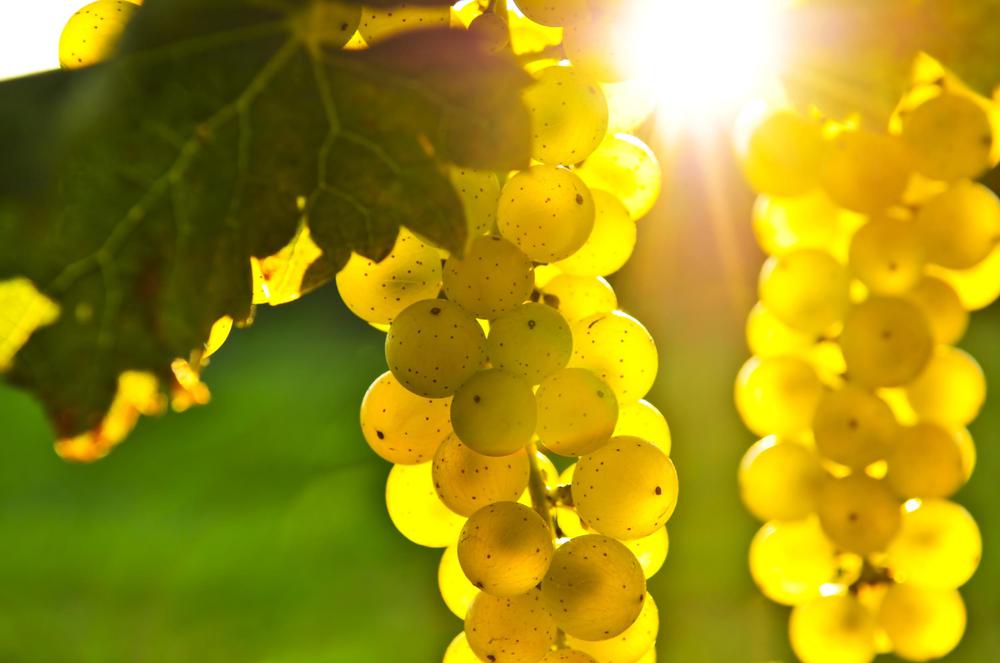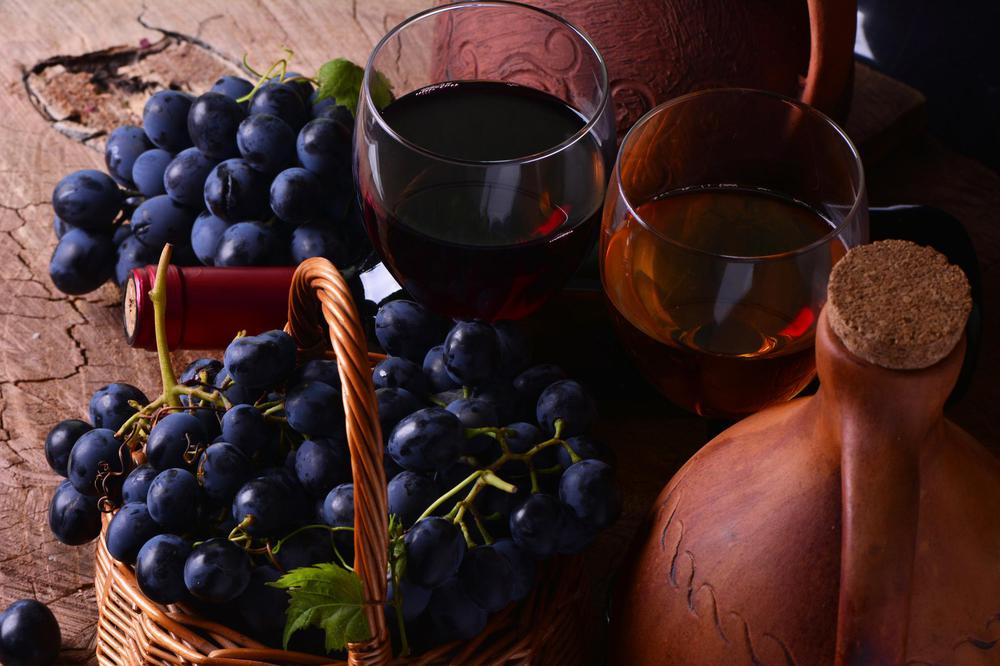Mtsvane Kakhuri, commonly known as Mtsvane, is a distinguished white grape variety native to Georgia, particularly thriving in the Kakheti region. Renowned for its aromatic qualities, Mtsvane plays a pivotal role in Georgian viticulture, producing both dry and qvevri wines, a traditional Georgian wine-making method using terracotta pots. This grape variety, with its rich history and unique characteristics, has become an integral part of Georgia's wine tourism, offering a delightful experience to enthusiasts exploring the nation's wine heritage.
Historical Significance And Varietal Distinctions
Mtsvane's historical roots run deep in Georgian culture, with evidence suggesting its existence since the 5th century A.D. It's not just a single grape but a family of varieties, with multiple clones and variations like Kviteli or Upipko Mtsvane, Natsara Mtsvane, and Mchknara Mtsvane, each contributing uniquely to the region's vinicultural landscape. Notably, the grape's yellowish-green ripened berries inspired its name, which translates to "green" in Georgian. The variety's long history is evident in its wide cultivation across Kakheti and its resilience through challenges like fungal diseases and environmental sensitivities. Despite these challenges, Mtsvane has been a staple in Kakhetian viticulture since the 19th century and continues to be a valued component of the region's wine-making tradition.
Botanical And Agro-Biological Characteristics
Mtsvane showcases a fascinating botanical profile. The variety is marked by its medium-sized, yellowish-green berries and distinctively shaped leaves. Its ability to withstand various environmental conditions, including resistance to phylloxera and tolerability to winter frosts, makes it a robust variety. However, it's also susceptible to powdery mildew, necessitating careful cultivation practices. The grape's vegetative cycle and ripening period vary across different geographical zones, reflecting its adaptability to diverse climatic conditions. This adaptability, combined with its moderate growth and early harvesting traits, contributes to Mtsvane's high productivity and quality, making it a favorable choice for viticulturists in Georgia and beyond.
Wine Characteristics And Pairing
Mtsvane is versatile, lending itself to both European and Kakheti style wines. The grape produces wines with a spectrum of flavors, from fresh and light dry whites to more robust and aromatic qvevri wines. These wines typically exhibit floral, fruity, and citrus notes, with hints of herbal and mineral undertones. The qvevri variants, known for their amber color and juicier flavors, pair wonderfully with a range of dishes, from salads and appetizers to pork and spicy cuisine. This versatility in wine styles and pairing options makes Mtsvane a beloved choice among wine connoisseurs and casual drinkers alike.
Mtsvane In Modern Viticulture
Today, Mtsvane continues to be a significant cultivar in Georgia, especially in Kakheti, where it accounts for a substantial portion of the vineyard acreage. Its cultivation extends to other regions and countries, albeit on a smaller scale, primarily for experimental and testing purposes. The grape's resilience and adaptability, coupled with its contribution to high-quality wines, have secured its place in the industrial standard assortment of grapevine varieties in Georgia. As part of the nation's viticulture development agenda, Mtsvane is poised for wider cultivation, promising to maintain its legacy as a key player in the Georgian wine scene.
In summary, Mtsvane Kakhuri is not just a grape variety; it's a symbol of Georgian viticultural heritage, offering a unique blend of historical significance, diverse wine profiles, and adaptability to different environmental conditions. Its role in enhancing Georgia's wine tourism cannot be overstated, making it a must-try for anyone exploring the rich tapestry of Georgian wines.

 Saperavi
Saperavi
 Rkatsiteli
Rkatsiteli
 Chinuri
Chinuri
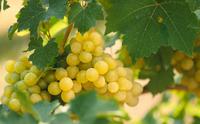 Tsolikouri
Tsolikouri
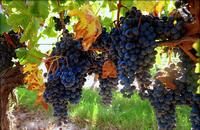 Tavkveri
Tavkveri
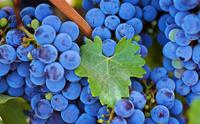 Shavkapito
Shavkapito
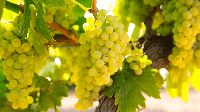 Tsitska
Tsitska
 Krakhuna
Krakhuna
 Kisi
Kisi
 Top 15 Georgian Grape Varieties
Top 15 Georgian Grape Varieties
